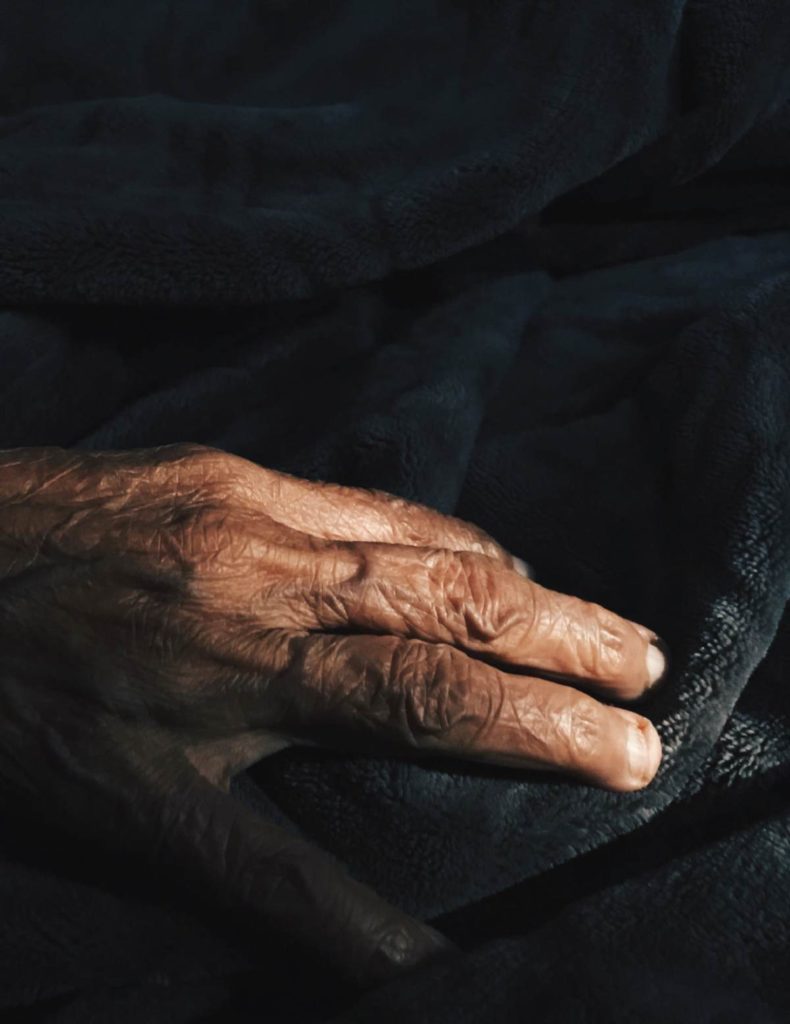For A Dignified Death

“In a landmark verdict, the Supreme Court upheld an individual’s right to make living wills, permitting passive euthanasia for the terminally ill
“By Aatika H Jain”
Why should I fear death? If I am, then death is not. If death is, then I am not. Why should I fear that which can only exist when I do not?~Epicurus

Dipak Misra, Chief Justice of India, leading a five-judge Constitutional Bench, recently recognized the living will in case of the terminally ill, therefore allowing passive euthanasia in the country. This landmark judgment on March 9 delved into the myriad concepts of death, quoting ancient Greek philosopher Epicurus, among other illustrious names. The right to life and liberty under Article 21 will now encompass ‘right to die with dignity’. While maintaining the sanctity of life, the bench acknowledged the right of all individuals capable of informed consent ‘to refuse medical treatment’.
The bench asserted that the ‘right to live with dignity’ also involves ‘smoothening of the process of dying’ in case of an irreversible illness with no chances of recovery. Supreme Court lawyer Shilpi Jain welcomes the decision, “A person has a right to die with dignity. It will apply only to cases where the health of the person has reached a point of no return.” The issue at hand, the right to die with dignity, is such a complex idea that the Supreme Court felt the need to reflect upon its intricacies involving social, moral, legal, medical and ethical responsibilities.
To be clear, active euthanasia or mercy killing is illegal in India and involves affirmative action such as administering a lethal substance to cause the death of the suffering person. Passive euthanasia refers to ‘withholding or withdrawing of medical treatment for continuance of life’ when death will be the natural outcome if the medical intervention is removed. The Indian Council of Medical Research has advised against using the term passive euthanasia as it might be misleading, as in expressing an intention to take away life in ‘Definition of Terms at End of Life’.

The right to die with dignity will save persons with terminal, irreversible illnesses from the agony and suffering of existing in a permanent vegetative state (PVS). “He has the right to say he does not want to remain alive in such circumstances,” explains Jain. This will be ensured by formulating an advance medical directive or living will in which the patient, when sound of mind, can declare a wish for passive euthanasia in case of irreversible PVS.
The Constitutional bench has affirmed that ‘priority shall be given to the Advance Directive and the right of self-determination’. It has set down the principles for the formulation and execution of the living will, establishing stringent guidelines for passive euthanasia to take effect in both the cases of existence of a living will and otherwise. “The medical board will be required to confirm that there is no possibility of the person becoming healthier at any time in future before the procedure for passive euthanasia can be set into motion,” clarifies Jain. “The potential for misuse in rich people is obvious from the way the Mental Health Act has already been misused to lock away heirs,” warns Dr Prabir Chatterjee, MD-Community Medicine from Kolkata.
Relatives or next of kin benefiting monetarily or otherwise by expediting the death of the patient might misuse the living will. “The working of the medical board must be scrutinized and they ought to be held accountable for their opinion,” asserts Jain. Dr. Chatterjee says the potential for misuse among poor people, based on the illegal practice of taking money for bodies before death, is described in Dominique Lapierre’s bestseller, City of Joy. An issue of grave concern is the lack of proper palliative care for the terminally ill in the country. Dr. Chatterjee recommends developing palliative care as a distinct profession and empowering these professionals with the task of educating alert and conscious patients and their relatives about Living Wills and Do Not Resuscitate documents. The Supreme Court judgment has opened the doors to some long overdue retrospection on how we deal with irreversible medical conditions and dying. A dignified death is not only a desirable end to a life of liberty but a befitting one, too.
“THE MEDICAL BOARD WILL BE REQUIRED TO CONFIRM THAT THERE IS NO POSSIBILITY OF THE PERSON BECOMING HEALTHIER AT ANY TIME IN FUTURE BEFORE THE PROCEDURE FOR PASSIVE EUTHANASIA CAN BE SET INTO MOTION.
Shilpi Jain
Supreme Court lawyer

LIVING WILLS: A TIMELINE
May 11, 2005
Common Cause, an NGO, files a PIL requesting for SC permission for living wills by the terminally ill. Asks for ‘right to die with dignity’ to be declared as a Fundamental Right under the Constitution.
January 16, 2006
SC seeks Delhi Medical Council’s intervention and asks for its viewpoint on passive euthanasia.
April 28, 2006
Law Commission recommends a draft Bill on passive euthanasia and suggests passive euthanasia please be made to High Courts which must come to a decision after considering expert opinion.
January 31, 2007
SC asks for documents from the parties.
March 7, 2011
On a separate plea on behalf of the nurse Aruna Shanbaug from Mumbai, SC sets guidelines for legalizing passive euthanasia.
January 23, 2014
A three-judge bench led by then CJI P Sathasivam begins the final hearing of the case.
February 11, 2014
Delhi Medical Council files a copy of the proceedings of the International Workshop for Policy Statement on Euthanasia in India; SC reserves verdict.
February 25, 2014
SC cites discrepancies in earlier verdicts including the one given in the Aruna Shanbaug case and refers the case to a Constitution Bench.
July 15, 2014
A five-judge Constitution bench begins hearing of the case and issues notices to states and union territories for their opinion.
February 15, 2016
Centre says it is deliberating on the issue’s feasibility and legality.
October 11, 2017
A five-judge bench led by CJI Dipak Misra hears arguments and reserves its verdict.
March 9, 2018
SC recognizes the ‘living will’ made by the terminally ill patients for passive euthanasia and lays down the guidelines. feature.
















